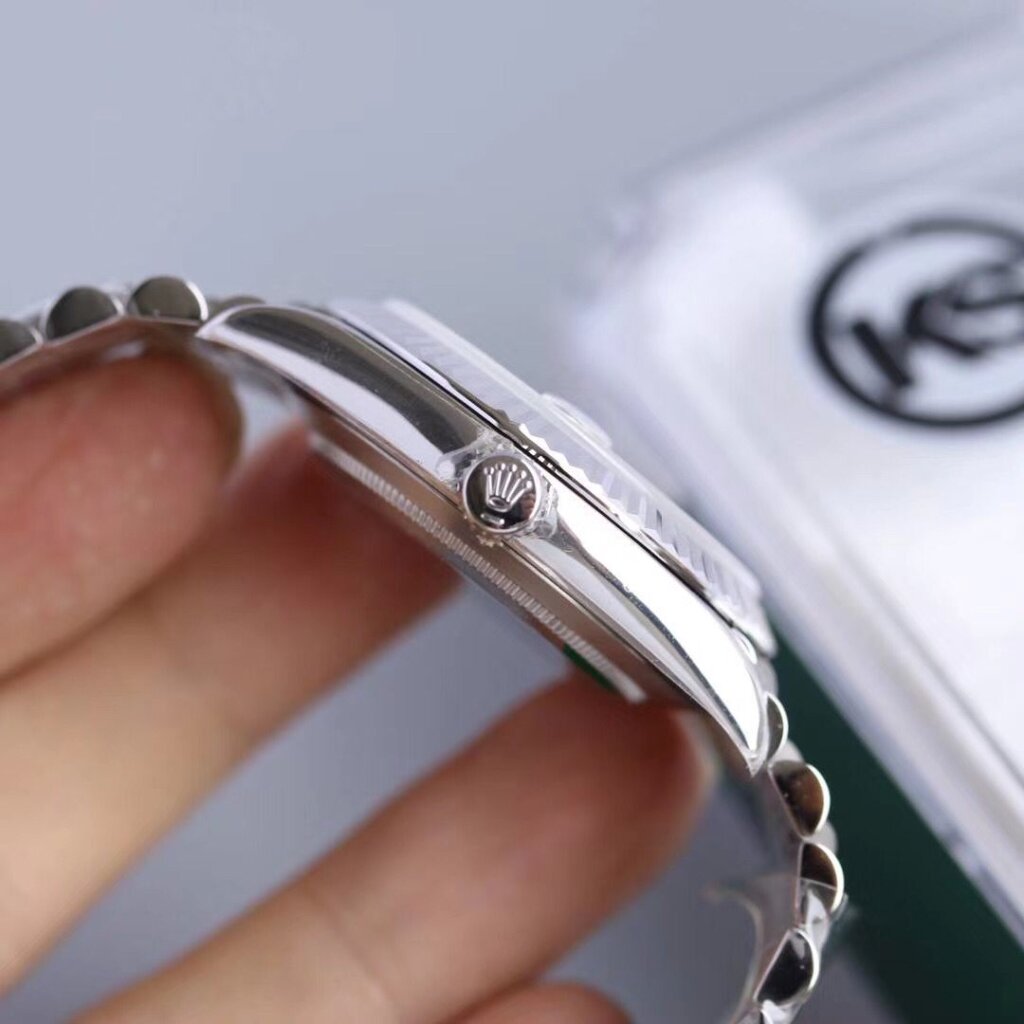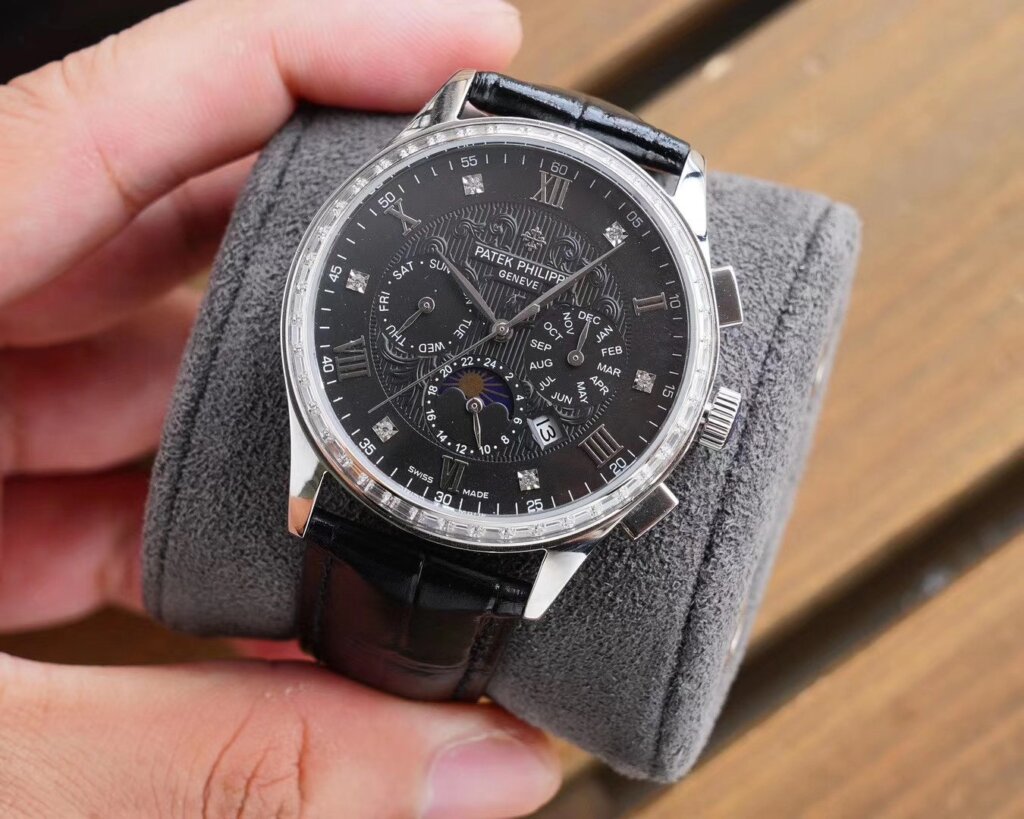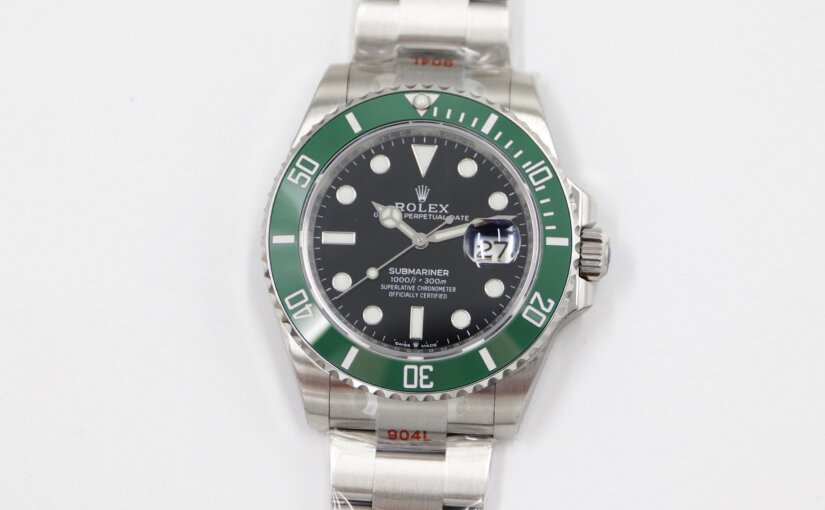Rolex, the iconic Swiss watchmaker, has continually pushed the boundaries of horological innovation, with one of its most significant contributions being the introduction of perpetual winding movements. Back in 1931, Rolex astounded the watchmaking world with its pioneering self-winding mechanism powered by a perpetual rotor, revolutionizing how watches harness energy and setting a new standard in the industry.

Since then, the perpetual movement has become emblematic of Rolex’s ethos, symbolizing a fusion of precision and relentless innovation. The brand’s unwavering dedication to perfecting self-winding movements speaks volumes about its commitment to excellence and its constant pursuit of redefining boundaries in watchmaking.
Rolex’s rich history encompasses three primary types of movements: manual wind mechanical movements, quartz movements, and automatic self-winding movements. Each movement type represents a distinct chapter in Rolex’s journey of innovation and craftsmanship.
Manual wind mechanical movements stand as a testament to tradition and precision in watchmaking. Requiring the wearer to physically wind the crown to transfer energy to the mainspring, these movements, such as the renowned replica Rolex Caliber 1600, epitomize precision, durability, and longevity. Notably, Rolex’s meticulous design ensured minimal deviation over time, setting its manual movements apart from others in the industry.

In contrast, quartz movements ushered in a new era of electronic timekeeping, offering remarkable accuracy and minimal maintenance. Rolex’s foray into quartz technology with the Oysterquartz models, powered by the Caliber 5035 and 5055, showcased the brand’s engineering prowess and commitment to quality. These movements, vibrating at a frequency of 32,768 Hz, boasted intricate mechanical details, bridging the gap between tradition and modernity.
The self-winding automatic movement, epitomized by Rolex’s Caliber 3135, embodies the perfect marriage of convenience and craftsmanship. Harnessing kinetic energy from the wearer’s movements, these movements ensure seamless operation without the need for daily winding or batteries. The Caliber 3135, renowned for its robustness and precision, underscores Rolex’s relentless pursuit of horological excellence.
In 2015, Rolex introduced a significant redesign with the new generation 32XX Calibers, featuring innovations like the Chronergy Escapement. These enhancements resulted in improved power reserve, energy efficiency, and accuracy, further solidifying Rolex’s position as an industry leader in watchmaking.
Beyond movements, Rolex’s commitment to precision is evident in its patented components, such as the Parachrom and Syloxi hairsprings, and the Chronergy Escapement. These innovations not only enhance the overall precision of Rolex replica watches but also showcase the brand’s unwavering dedication to pushing the boundaries of horological engineering.
Rolex’s exploration of different movement types reflects its relentless pursuit of excellence and innovation in watchmaking, ensuring that each watch resonates with the promise of unparalleled quality and precision.
